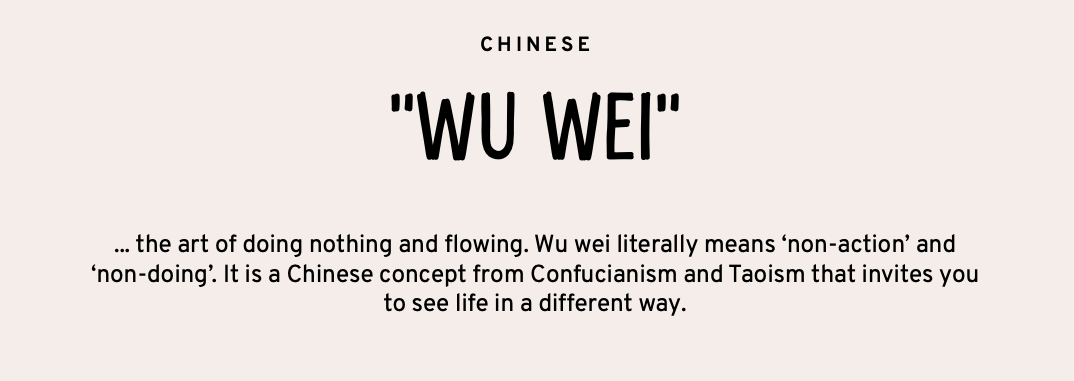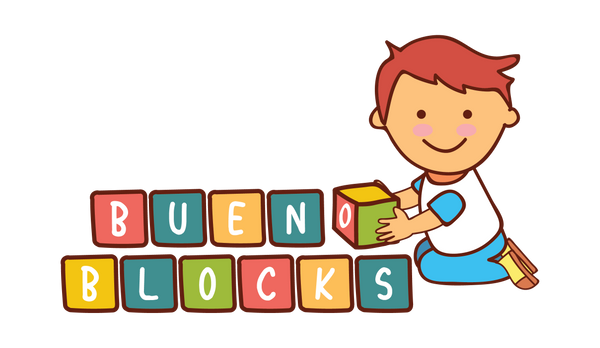
"I'm Bored!" (and Why We Fear It)
For many of us, the word “bored” is almost a dirty word.
It starts from young.
A little one says, “I’m bored,” and what do we do?
We scramble.
We offer an activity.
We hand over a device.
We fill the space with something—anything—so that they’re no longer bored.
Because somewhere along the way, society taught us that boredom is bad.
That to be still, to be idle, to not know what to do… means we’re failing somehow.
As adults, this belief often continues, and we fill our own idle moments with distractions: endless scrolling, constant background noise, the next series to binge, or the next news update to consume.
All in the name of keeping boredom at bay.
The Problem with Always Entertaining Boredom
When we rush to rescue our little ones from boredom, we unintentionally send the message that it’s NOT OK to be bored.
That every moment needs to be filled.
That they need us—the adult—to solve that problem for them.
And that’s where the danger creeps in.
Because if little ones are always led by someone else, if they’re constantly given something to do, they risk never developing their inner compass to lead themselves.
They begin looking outside themselves to be fulfilled.
And they grow into adults who cannot sit with stillness.
Who feel unsettled unless there’s a distraction.
Who reach for the next headline, the next TikTok, the weekend escape… because being with themselves feels foreign.
Boredom is not the enemy.
Here’s a radical thought: Boredom is a gift.
It’s the quiet space where creativity begins.
It’s where our little ones gets to ask:
What do I want to do right now?
What am I curious about?
What could I try?
What am I drawn to?
These questions are not just playtime questions.
It leads them to self-awareness.
It leads them to look within instead of waiting to be ‘entertained’ from the outside.
It creates the foundations for self-direction, resilience, and true confidence.
And that’s where the *real* magic happens.
What Happens When We Hold the Space?
When we don’t rush in with a solution…
When we resist filling the silence…
When we trust in their ability to figure it out…
We empower our little ones to lead themselves.
You may see them crawl over you, throwing a tantrum, or just lie around.
But then—when given time and space—something shifts.
They gather scraps of fabric and build a fort.
They start humming and make up a song.
They stack toys in a way they’ve never tried before.
They create—not because we told them to, but because the spark came from inside.
And that inner spark is what we want to protect, nurture, and trust.
How You Can Support Healthy Boredom at Home
Hold space without fixing it. When your child says “I’m bored,” try responding with curiosity instead of a quick fix. “Hmmm… I wonder what you’ll come up with.”
Create a simple, invitation-based play space. Keep open-ended toys accessible and displayed beautifully—without overwhelming them.
We as adults, model stillness. Let your little one see YOU take quiet moments too—reading, sitting, thinking. Stillness is a powerful teacher.
Step outside. Take a stroll in nature. Nature has a way of breaking through boredom without “entertainment.” A leaf, a bug, a stick—they do the work, if we let them.
Final Thoughts
We don’t need to fear boredom.
We need to reframe it.
Not as a void to fill… but as space to grow.
Not as something to avoid… but as a signal to slow down.
Not as a problem… but as an invitation.
So the next time your little one says, “I’m bored,” take a deep breath and smile.
That might be the moment their creativity wakes up.
